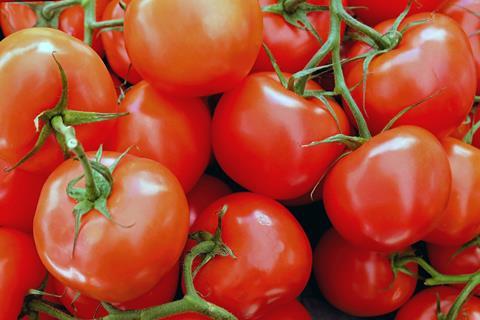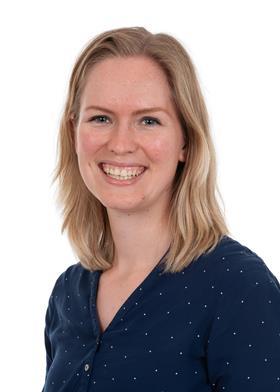Fighting food waste in tomatoes demands quality modelling using non-destructive tools, says Eva Ketel, scientific researcher in physiology and product quality at Wageningen University & Research
Monitoring product quality is an essential effort in the fight to reduce waste in the fruit and vegetables supply chain. Retailers demand high quality products and consumers expect good flavour and a long shelf-life. Growers want to produce high-quality products without sacrificing production yields. Breeders want to select the most promising cultivars with a long shelf-life. However to monitor quality, the right knowledge and tools are absolutely necessary.

Quality assessments with consumer panels provide insights into the subjective perception of fresh products. However, after long tasting sessions, the assessors of consumer panels can become less motivated and satiated after tasting many samples. Panels can only assess a limited number of samples, whereas breeders and growers want to assess a large set of samples.
Therefore, several flavour models have been developed to predict flavour preference based on various destructive instrumental measurements, including titratable acidity, total soluble solid, firmness and aromas. A flavour model will never be able to entirely replace a panel, but it does offer the opportunity to quickly screen products for flavour level on a large scale.
The flavour models use destructive measurements as inputs to predict flavour perception similar to a consumer panel. Therefore the next step is to model tomato quality based on non-destructive tools. Advanced sensor systems are used to monitor products in the supply chain, including NIRscan, microwave sensors and imaging techniques. Imaging analyses, in combination with deep learning, can be used to assess visual product defects in a more reliable way.

The public-private partnership, Future Sensors & Digital Twins, is investigating how freshness and shelf-life are assessed and how we can apply innovative non-destructive methods such as imaging analyses. In the project, multiple images are taken at different stages of the development of a defect. With the help of deep learning, a model is trained to recognise not only the defect itself, but also its progress over time.
So far, results show that some defects can be tracked over time, including brown spots and moulds. By using non-destructive quality models, companies in the fresh supply chain can quantify and even predict quality over time. This will result in the cultivation of high-quality products and a reduction in food loss.
Eva Ketel will be presenting at the Global Tomato Congress in the Hague on 14 May, with delegates welcome to join a tour of Wageningen Research on 15 May. Register here.



